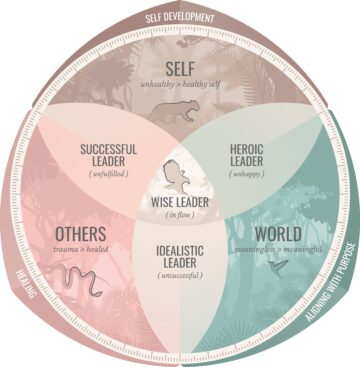Articles on Wisdom
 Mastering Your Emotions: 7 tips to get you back in controlWe are emotional beings! And with that I don’t mean we-women, I mean we-humans. Because often looked upon differently: men have… Read more >
Mastering Your Emotions: 7 tips to get you back in controlWe are emotional beings! And with that I don’t mean we-women, I mean we-humans. Because often looked upon differently: men have… Read more > 10 Books that expand your wisdomI have to admit I have a huge problem with buying books. What other people have with cloth, I have with books. I simply can’t… Read more >
10 Books that expand your wisdomI have to admit I have a huge problem with buying books. What other people have with cloth, I have with books. I simply can’t… Read more > Introducing the Wisdom Compass: navigating the jungle of lifeIn our ever-changing and uncertain world, where the speed of change is unprecedented, and the need for wisdom is greater… Read more >
Introducing the Wisdom Compass: navigating the jungle of lifeIn our ever-changing and uncertain world, where the speed of change is unprecedented, and the need for wisdom is greater… Read more > Groundbreaking research: Emotions work differently than you thinkIt should have been a revolution. The research of neuroscientist Dr. Lisa Feldman Barrett about emotions. Neuroscientists,… Read more >
Groundbreaking research: Emotions work differently than you thinkIt should have been a revolution. The research of neuroscientist Dr. Lisa Feldman Barrett about emotions. Neuroscientists,… Read more > Six ways nature helps us healHow nature can help you heal and reconnect with yourself. The need to grow is in people’s nature; developing… Read more >
Six ways nature helps us healHow nature can help you heal and reconnect with yourself. The need to grow is in people’s nature; developing… Read more > What I learned from the fire that burned our home7 insights on transformation and healing, based on what I learned from the fire that devestated our… Read more >
What I learned from the fire that burned our home7 insights on transformation and healing, based on what I learned from the fire that devestated our… Read more >





